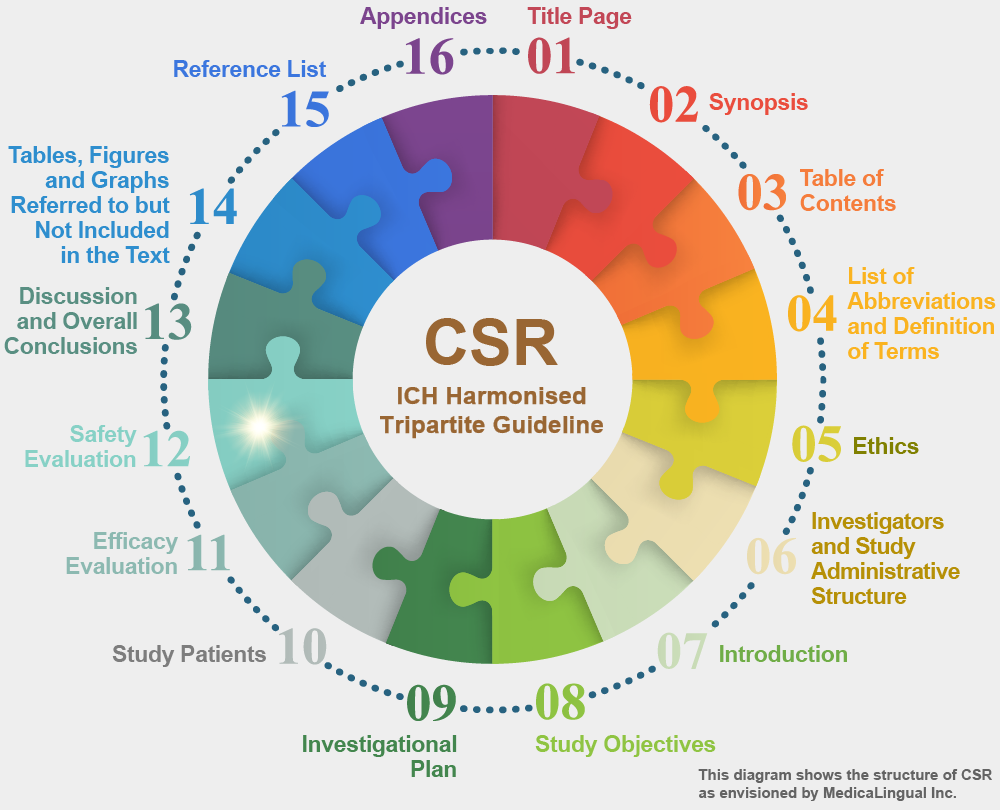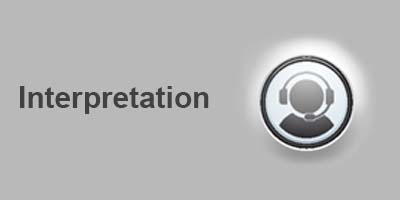
治験の統括報告書の構成と内容に関するガイドライン
平成8年5月1日 薬審第335号
各都道府県衛生主管部(局)長あて 厚生省薬務局審査課長通知
STRUCTURE AND CONTENT OF CLINICAL STUDY REPORTS
Recommended for Adoption at Step 4 of the ICH Process on 30 November 1995 by the ICH Steering Committee
12. 安全性の評価
12.5 バイタルサイン,身体的所見及び安全性に関連する他の観察項目
バイタルサイン,他の身体的所見及び安全性に関連する他の観察項目を分析し,臨床検査値と同様の方法で提示すること。治験薬が影響を及ぼしている証拠がある場合,用量-反応若しくは薬物濃度-反応関係,又は患者の特性(例えば,疾患,人口統計学的特性,併用療法)との関係を明らかにし,この所見の臨床上の妥当性について記述すること。有効性の項目として評価されない変化及び有害事象とみなされる変化に特別の注意を払うこと。
12. SAFETY EVALUATION
12.5 VITAL SIGNS, PHYSICAL FINDINGS AND OTHER OBSERVATIONS RELATED TO SAFETY
Vital signs, other physical findings, and other observations related to safety should be analysed and presented in a way similar to laboratory variables. If there is evidence of a drug effect, any dose-response or drug concentration-response relationship or relationship to patient variables (e.g., disease, demographics, concomitant therapy) should be identified and the clinical relevance of the observation described. Particular attention should be given to changes not evaluated as efficacy variables and to those considered to be adverse events.










